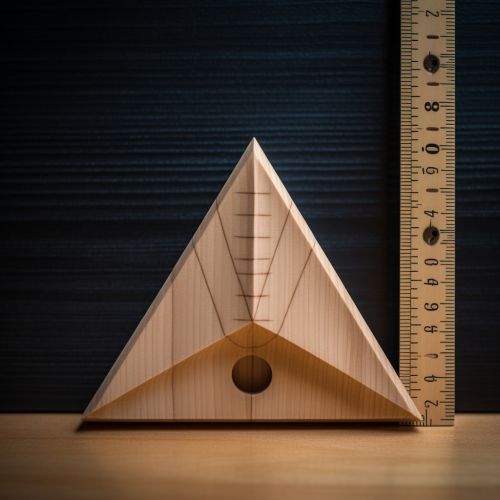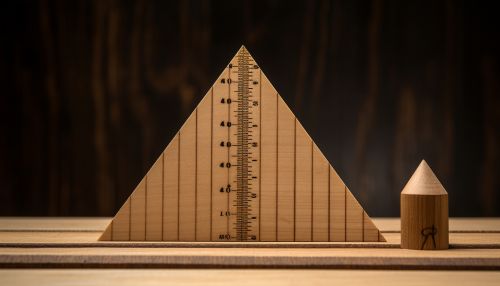Geometry
Introduction
Geometry is a branch of mathematics that studies shapes, sizes, properties of space, and the relationships between different shapes. It is one of the oldest mathematical disciplines, dating back to ancient times. Geometry has a wide range of applications in various fields such as physics, engineering, computer science, and art.


History
The study of geometry can be traced back to ancient Egypt, Greece, and Indus Valley. The earliest recorded beginnings of geometry can be traced to ancient Mesopotamia and Egypt in the 2nd millennium BC. Early geometry was a collection of empirically discovered principles concerning lengths, angles, areas, and volumes, which were developed to meet some practical need in surveying, construction, astronomy, and various crafts.
Branches of Geometry
Geometry is a vast field with numerous branches, including Euclidean geometry, differential geometry, topology, and algebraic geometry.
Euclidean Geometry
Euclidean geometry, named after the Greek mathematician Euclid, is the study of plane and solid figures on the basis of axioms and theorems employed by the Greek mathematician Euclid. In its rough outline, Euclidean geometry is the plane and solid geometry commonly taught in secondary schools.
Differential Geometry
Differential geometry is a mathematical discipline that uses the techniques of differential and integral calculus, as well as linear and multilinear algebra, to study problems in geometry. It involves the study of geometric structures on differentiable manifolds and the generalizations of these notions to broader classes of spaces.
Topology
Topology, often described as "rubber sheet geometry", is the study of those properties of geometric forms that remain invariant under certain transformations, such as stretching or bending. It has significant applications in several areas of mathematics, physics, and computer science.
Algebraic Geometry
Algebraic geometry is a branch of geometry studying zeros of multivariate polynomials. It combines techniques of abstract algebra with the language and the problems of geometry.
Applications of Geometry
Geometry has a wide range of applications in various fields such as physics, engineering, computer science, and art. In physics, geometry aids in the study of the physical universe. Engineers use geometry to design structures and systems. Computer scientists use geometric algorithms in areas such as computer graphics, machine learning, and robotics. In art, geometry is used to create pleasing aesthetics and understand perspective.
Conclusion
Geometry, as a branch of mathematics, has been instrumental in pushing the boundaries of our understanding of the world around us. From the ancient Greeks to the present day, the study of geometry continues to be a vital part of mathematical education and scientific research.
